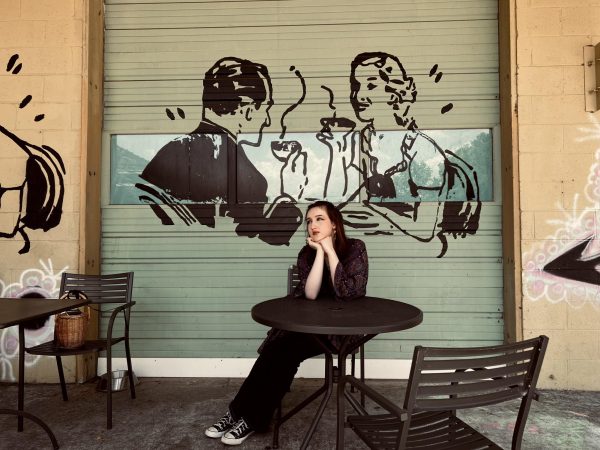Graffiti has held a negative connotation since its inception. Criminal yet artistic: street art has transitioned into a vital aspect of city landscapes, a marker of local creativity and life. While graffiti can exemplify vandalism, disrespect or even hate speech, street art, both paid for and technically illegal, defined itself through a history of important messages and the beautification of urban landscapes.
Like much of youth culture today, modern graffiti originated in New York City in the 1960s and 1970s. Artists shared their messages about life and colorful styles of writing exploded, decorating walls, tunnels and public transportation as their ideals, like a bucket of overturned paint, flowed throughout the U.S.. Since the Civil Rights Movement, graffiti has blossomed as a way to express political messages in a way people cannot avoid noticing and telling stories that may not receive their deserved attention. In the time closely following George Floyd’s violent death, for example, Black Lives Matter messages became a prominent part of the Atlanta graffiti scene. This association with the fight for racial equality likely connects to the art style’s current domination by people of color (POCs), and perhaps even its legality due to its history as an act of civil disobedience. Even now, graffiti-style street art that focuses on the civil rights movement peppers Atlanta’s landscape.
Krog Street Tunnel provides a safe place for graffiti and street art in Georgia’s capital. Despite the complexities of the art genre’s legality, artists can visit this Atlanta hotspot and express themselves, leaving a colorful mark on a vibrant city. The tunnel now holds value as a tourist attraction, and as the city works to remove graffiti, it skips over the tunnel, allowing the artists’ marks to remain.
“I’ve noticed that after seeing graffiti it leaves me with a freeing feeling knowing that an artist was able to creatively express themselves to a large amount of people. I think graffiti is super important for Atlanta’s atmosphere and it’s also really beneficial for both the artist and community. Graffiti helps artists freely express themselves whilst brightening the audience’s experience in the city,” senior Ava Phu said.
Similar to Krog Street Tunnel, works by Banksy, a street artist whose anonymous fame far outpaces any other’s, raises questions about the legality of graffiti. While neither Banksy nor graffiti artists ask for building owners’ consent, Banksy’s work holds artistic value which critics rarely assign to typical street art. However, this value appears arbitrary to certain groups, considering the subjectivity of these spray paint wielders’ creations.
In Atlanta, the graffiti scene continues to flourish as aerosol flowers across the walls. As the city’s population increased in diversity, the POC-dominated art form gained the chance to flourish as local voters elected city officials who may approach graffiti openly and artists continued to garner expressive skills. Art beyond tags, slogans and stylistic writing peppers the walls of Atlanta as advertisements, murals and local branding take inspiration from the decades-old graffiti scene. While Coca-Cola advertisements sprawl across brick walls, murals depict Atlanta’s diverse community, focusing on how they have and will continue to overcome struggles. Similarly, local businesses such as The Drunken Unicorn embrace Atlanta’s love for spray paint, promoting graffiti in their locations or using it as inspiration for their brands.
“I think graffiti and street art add a lot of depth and vibrancy to Atlanta. They add this wonderful sense of artistic joy and such to the already amazing city. The graffiti adds such a unique way of expression to blank walls, with places such as the Krog Street Tunnel sticking out in mind,” sophomore National Art Honors Society member Eli Pothier said.
Graffiti and street art continue to impact Atlanta’s character. The art forms provide tourist attractions in sites such as the Krog Street Tunnel, distinguish city streets and buildings, allow free public expression and influence local businesses’ brands. Street and graffiti art has undeniably and permanently altered Atlanta, and these forms of expression will continue to change along with the city.


















